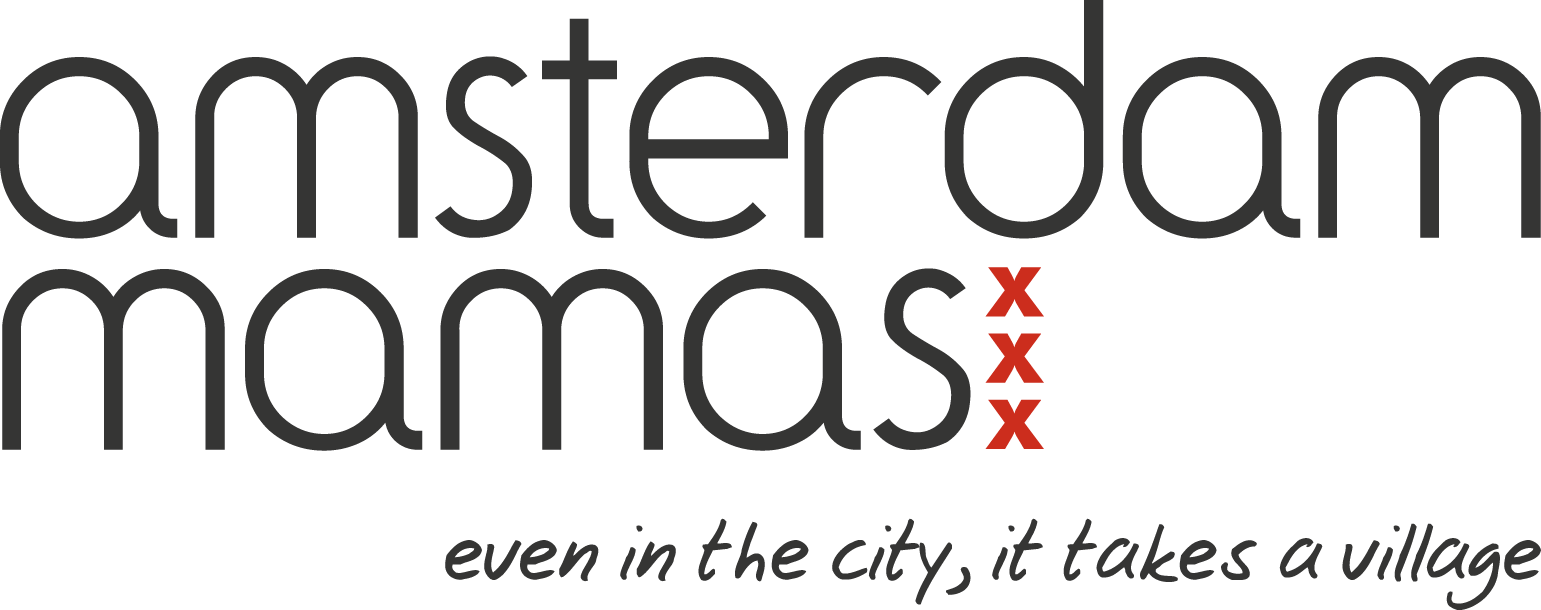You have bought ‘het fiets’ and you don’t mind cycling in the wind and the rain. Your family enjoys your ‘stamppot’, your toddler loves ‘peuterspeelzaal’, and you can order ‘een koffie verkeerd en appeltaart met slagroom’, with confidence. Does this mean you are Dutch enough to live permanently in the Netherlands? Not yet! First you have to obtain your Inburgeringsdiploma.
Inburgering: What Is It?
Inburgering is the process of civic integration in the Netherlands. Depending on your nationality, there are two stages to Inburgering, each requiring its own exam. This article focuses on the second stage, the Inburgeringsdiploma, but it is worthwhile to make the distinction between them clear:
1. Basisexamen Inburgering Buitenland (Basic Civic Integration Examination Abroad)
- Mandatory for non-EU/EEA nationals from countries who require an authorization for temporary stay (MVV); nationals from an EU/EEA country, Australia, Canada, Japan, New Zealand, South Korea, Switzerland, United States of America, and Vatican City are exempt.
- Exam is taken in the country of ongoing residence before moving to the Netherlands.
- Exam assesses basic knowledge of the Dutch language and society.
2. Inburgeringsdiploma (Civic Integration Certificate)
- Applies to non-EU/EEA nationals who have received a residence permit after 31 December 2012 and who are inburgeringsplichtig – obliged to pass the civic integration exam. There are, of course, exceptions and exemptions. Consult Mijn Inburgering (my integration) to check whether you are inburgeringsplichtig and what the naturalisation process is specific to your situation.
- Passing the exam gives you the right to obtain a permanent residence permit and eventually to apply for citizenship.
- You can only apply for a Dutch passport, after 5 years of living in the Netherlands with a valid residence permit. You may need to renounce your current citizenship when you apply for your Dutch citizenship.
If you are inburgeringsplichtig, and fail to register for the exam before the deadline, you will be fined. The hefty boete (fine) could be up to €1250. After paying the fine you are given two more years in which you need to pass the exam.
Inburgeringsdiploma: A Closer Look
Obtaining your Inburgeringsdiploma requires passing an exam that will test your knowledge of the Dutch language, Dutch geography and culture, and the Dutch labour market. There is also a final participation statement.
Your Dutch language skills will be tested in four categories: reading, writing, speaking, and listening. In order to pass, you need to be fluent at level A2. From January 2021, (according to the updated information), the pass rate will be raised to level B1.
There’s also a new procedure coming (such as a personal inburgering plan and obligatory language courses) together with the level upgrade, but till that time the existing procedure is in place. Further information can be found at Rijksoverheid.
Kennis van de Nederlandse Maatschappij (KNM):
This section assess your cultural and geographical knowledge of the Netherlands and Dutch society.
Orientatie op de Nederlandse Arbeidsmarkt (ONA)
This section refers to your understanding of the labour market and usually takes the form of role play where you apply and are interviewed for a job. Fortunately, from April 2019, non-EU nationals who work at least 48 hours per month, for 6 months, are exempt.
The participation statement is to be signed at the gemeente (municipality) where you live within a year of registering your address. The aim is to familiarise you with the civic values of the Netherlands. This is applicable to non-EU/EEA nationals who arrived after October 2017.
I worried whether my family was fluent enough in Dutch when we did the inburgeringsexamen but we passed with flying colours by making the most of the available resources.
Preparing for the Exam

There are many resources available to help you improve your taal vaardigheden (language skills). Naar Nederland is a great website to help you prepare for the exam.
Join a language school where you do not only learn Dutch but where you prepare for the KNM and ONA sections of the exam. There are even more online resources available and, what I realized while preparing for our inburgering, is that you can learn Dutch for free…well, almost.
The official site, inburgering.nl, is a most valuable tool as it offers examen oefenen ( practise questions) and score your answers which help you to assess your knowledge level.
You are sure to have enough reading practice with all the Dutch mail you’ll receive! Keep a dictionary handy to help you make sense of the written correspondence. Make sure you practice your writing skills by writing een brief, email, of kaartje (letter, email or card) which will be tested in the written assignments.
Check if there is a Kennis van de Nederlandse Maatschappij (KNM) course offered locally or read a KNM book. I found the KNM topics overview, and Dutch education system inforgraphic helpful. You also need to know the geography of the Netherlands and a fun way to learn it is to use these puzzles.
I worried whether my family was fluent enough in Dutch, when we did the inburgeringsexamen but we passed with flying colours by making the most of the available resources.
The Exam Centre
There are eight locations across the country. In Amsterdam, the centre is based in Old West. The exact address will be shared by the authorities once you’ve registered. It is an easy location to reach, near the metro and train station, with plenty of parking. It’s important to arrive early as you need some time to register, leave all your things in a locker and perhaps go to the toilet.
Note: If you are late for your allocated slot, you will be turned away and the fee will not be refunded.

The Results
The maximum waiting time for the results is 8 weeks. The luisteren, lezen, and KNM results are usually released within a week while the results of the schrijven and spreken sections may take up to 6 weeks.
This article is adapted with permission from the author’s blog Frogs in a Box.
Julia Smile
Julia Smile is an expat mother who is passionate about travelling with her family and writing about these exciting experiences in her blog. Her other passions include reading and dancing. More about Julia and her family travels in her blog and Instagram.






